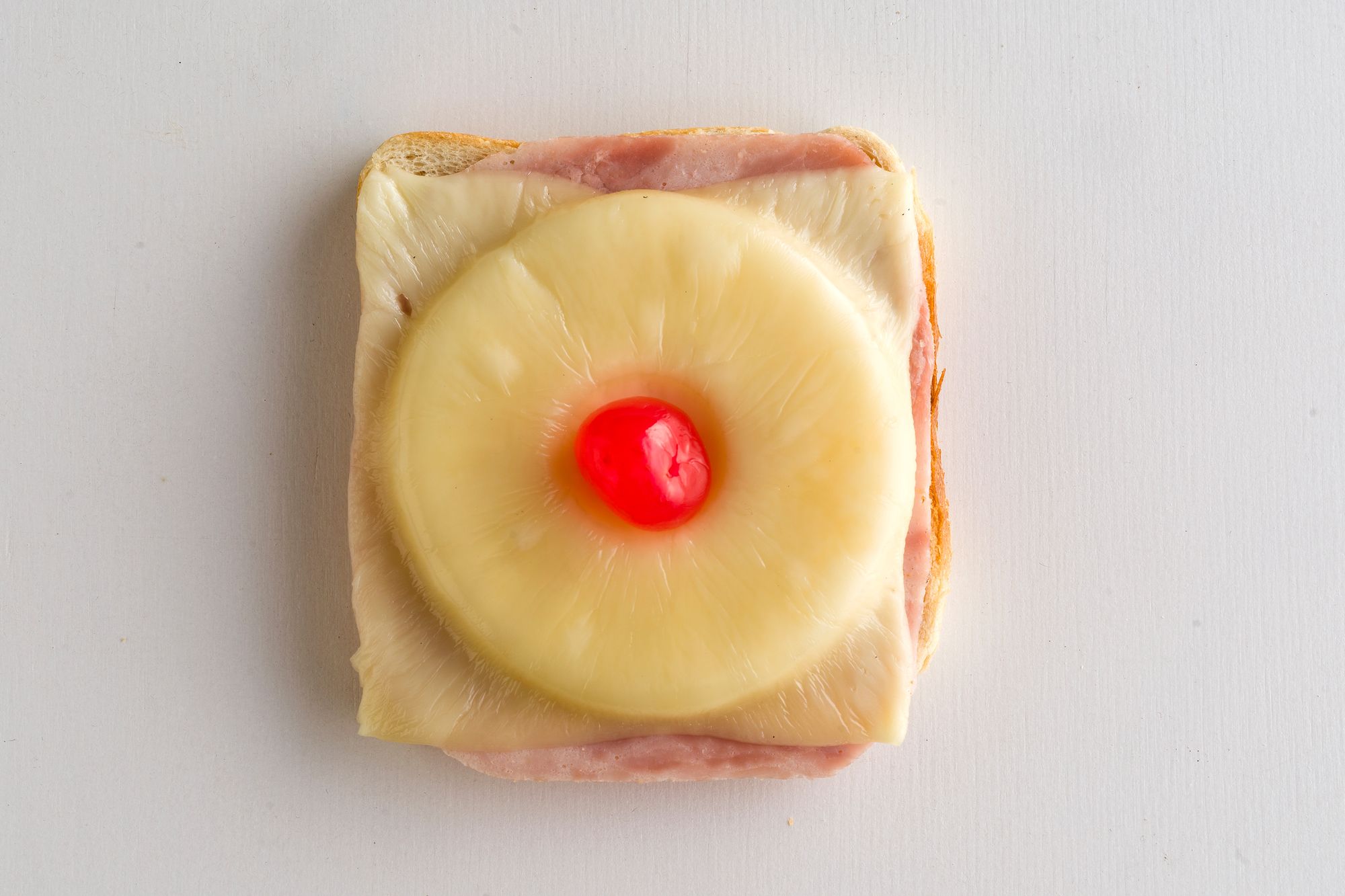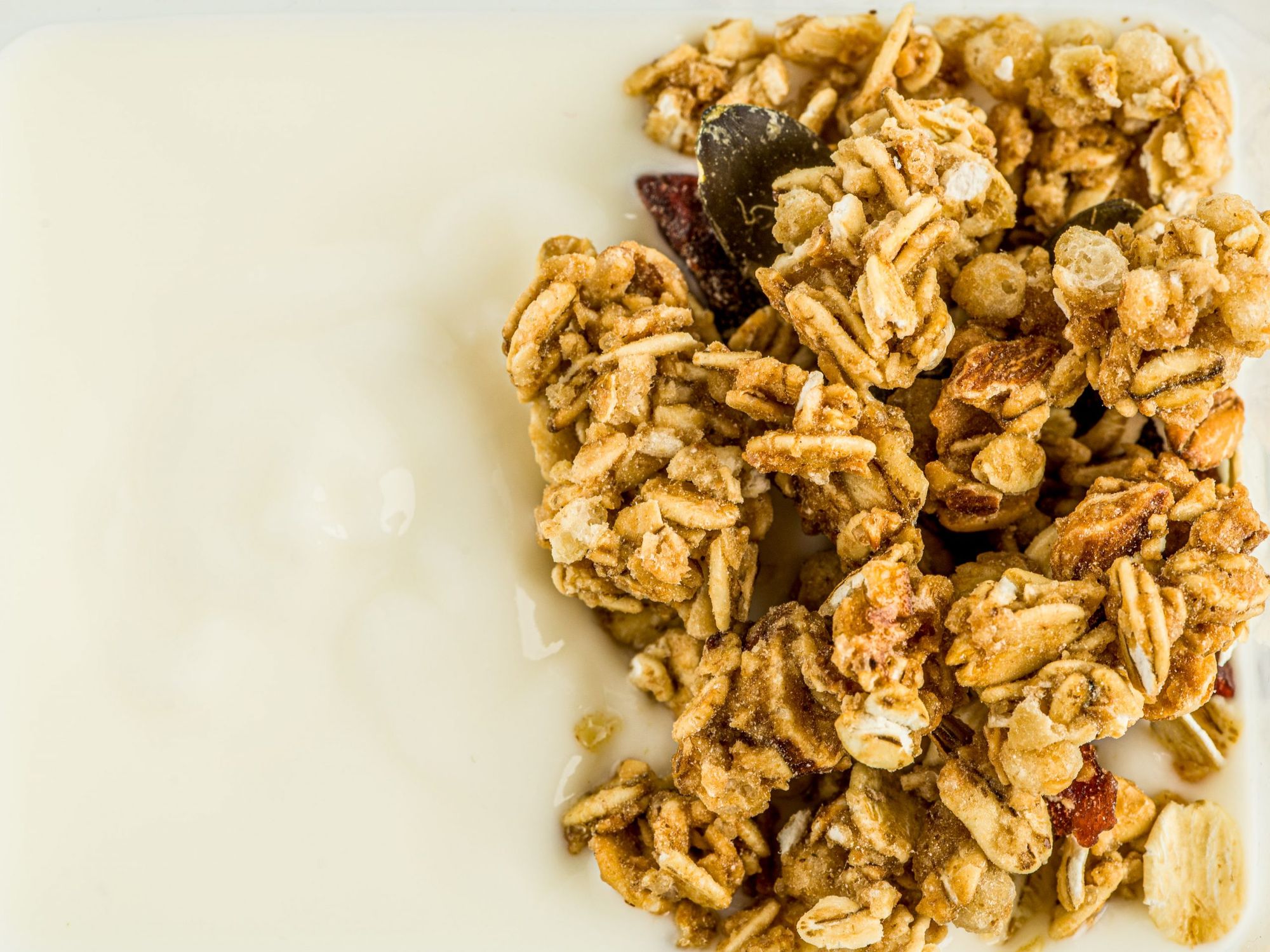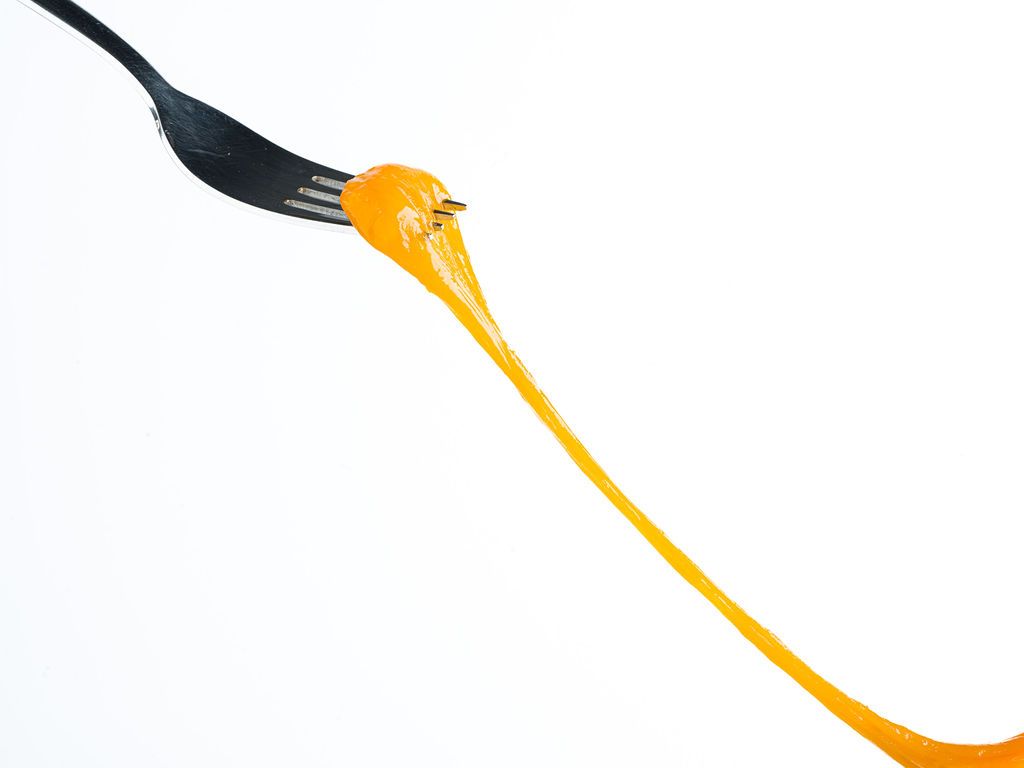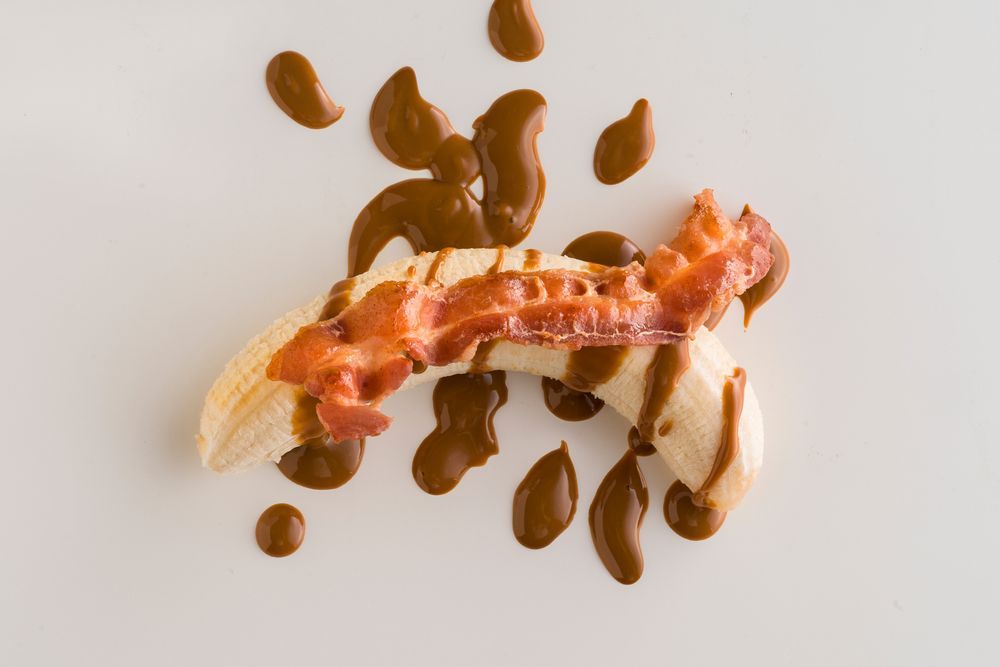Different strokes for different folks, goes the saying, when we like something that someone else doesn’t, or when it’s our turn to be baffled by others’ choices. While certain combinations may seem strange at first, they can still produce an enjoyable outcome. In our current episode, let’s take a look at the most infamous pairings!
You’ve probably all heard of someone, who knows someone (yeah, right) who doesn’t eat food the way it’s supposed to. We also know examples of certain recipes being served in completely different ways in different areas. Take pasta, for example: Ragù alla Bolognese or pesto are entirely customary toppings. Nor is it strange to add it to a soup, but while in Central and Eastern Europe it is far from unusual to use roasted semolina, jam, nuts, or poppy seeds as a pasta topping, further west this would be considered quite a peculiar culinary gesture. Of course, even if we stay within the borders of Hungary, we can still stumble upon eternal controversies, such as whether túrós tészta (curd cheese pasta—the Transl.) should be accompanied by sour cream and bacon, powdered sugar, or both. The same question also arises for káposztás tészta (pasta mixed with sautéd cabbage—the Transl.).

It has long been known that balancing different flavor profiles (sweet, salty, sour, bitter) can produce very exciting results. You don’t even have to be scientifically rigorous in your planning, you just have to listen to your taste buds. Meats and dairy products, for example, may leave a fatty sensation in the mouth, which is not always pleasant, but the acidity in certain fruits can balance this out. I, for example, have been a fan of the sour cream and lekvár (fruit butter—the Transl.) combination since childhood. This was the usual topping on the kukoricaprósza (sweet cornbread—the Transl.) in my home of Zala County, but it’s also a great match for a simple toast or some strawberries (used in place of whipped cream). Similar combinations are camembert and cranberry sauce or feta and watermelon. This type of ‘toning down’ of the sweetness factor, or the accentuation of contrast, can also be found in other dishes. Fruit-stuffed meat rolls are a staple on Hungarian festive tables, and the phenomenon of pineapple on pizza has an enduring fan base. Equally popular are the sweet and sour flavors of Asian cuisine, which most of us probably first encountered in the form of premade, bottled sauces.

Some dishes have achieved an almost iconic gastronomic status—yet, perhaps surprisingly, most of these are infinitely simple, consisting of a couple of ingredients, and can be prepared anywhere, anytime. Smoky, filmy slices of prosciutto with cantaloupe often appear on summertime cold dish platters, but perhaps even more interesting is something called Hawaiian toast. This dish is a popular recipe from Germany: white toast bread layered with cheese, ham, pineapple rings, and cocktail cherries. It originated in the 1950s and its ancestor is associated with American soldiers stationed in West Germany, who, in the absence of the versatile canned spam, put ham on the sandwich. It was a great example of the period’s cuisine, as it was simple, cheap, and could be made from tinned food, yet it had a touch of luxury, of specialness, or at least the illusion of it.

A few decades later, another food icon appeared, now in the United States, thanks to a celebrity. The Elvis sandwich is attributed to Elvis Presley himself, who is said to have fallen in love with the dish at the Colorado Gold Mine Company restaurant in Denver, so much so that he bought the recipe and gave it to his personal chef. Peanut butter, bananas, and bacon sandwiched between two slices of white bread or baguette, grilled on the outside—sweet, creamy, salty, and crunchy all at once, something to hate or to love. No doubt the publicity value of Elvis’ name has contributed to its popularity, but there is something addictive about this combination of ingredients. The Maillard reaction (when the sugars and proteins in the food interact with each other) that occurs when bacon is fried releases new aromatic compounds, somewhat similar to caramelization. That is also why we like salty fries dipped in McDonald’s classic ice cream, or even grilled cheese drizzled with honey.

The complexity of flavors proves its worth on other fronts as well. We’ve probably all had orange-flavored chocolate (especially around this time of the year) either as a stand-alone snack or baked into a cake. The question arises, if it works with cocoa, why not with coffee? And thus the drink called Sunrise was born, a shot of espresso and orange juice, poured together, preferably prepared with a darker roast. Although not recommended for those with a delicate stomach, the taste checks out. If you’re similarly explorative, it’s worth giving the method of food pairing a try, which is like a sudden opening of a window onto the world of food (we touched upon the topic in this article).
Photos: László Sebestyén
Source: Nosalty, Bon Appétit





Czech brand resurrects in a dream-car

The House of Music Hungary was named Building of the Year











